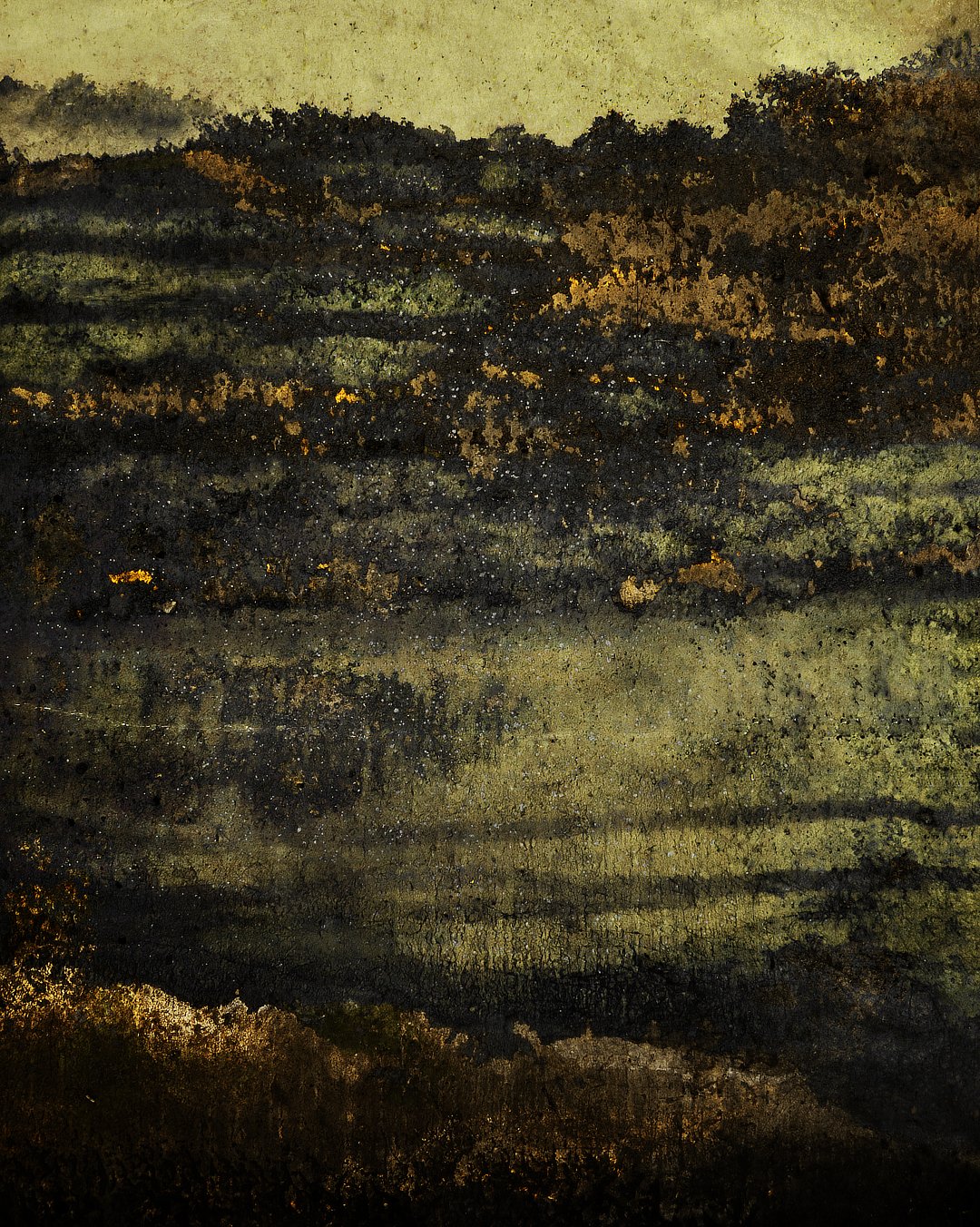Scenery of Things
“One should not only photograph things for what they are, but for what else they are.”
- Minor White
“Art is not what you see, but what you make others see.”
- Edgar Degas
The Scenery of Things
If you look at walls that are stained or made of different kinds of stones and imagine some kind of scene, you begin to see in them certain picturesque views of mountains, rivers, trees, plains, broad valleys, and hills of different shapes. Leonardo da Vinci
It is human nature to give shape and meaning to what would otherwise appear formless, to create order out of chaos, and to make familiar the unknown.
Scenery of Things is about looking, imagining and interpreting. Removed from their literal representations, seemingly quotidian objects can be re-interpreted, allowing the imagination to soar, and inspiring meaningful and subjective expression.
This series displays many of the tactile qualities inherent in paintings. In order to extend the aesthetic and expressive qualities of their media, painters often forgo their brushes, choosing instead to smear, scrub, drip, spray, scratch, jab and slice. The texture-rich images here will almost certainly have viewers wondering if they are looking at paintings or photo-graphs.
I created the first images just before Covid, in La Línea de la Concepcíon, Spain. I chanced upon a building whose walls were arrayed in tiles of such varied colours and exquisite textures that I photographed them for hours. Many of completed images betray little of their origins.
When Covid struck and travel restrictions were imposed, my area of exploration became confined to a three kilometre radius from home. This limitation turned out to be a blessing in disguise. Suddenly, everyday scenes acquired a sense of unfamiliarity. I saw that time, in collusion with the elements, had weathered and transformed ordinary things (concrete, wood, metal) into surprising vistas of elegance, simplicity and beauty. Capturing these allusion-laden manifestations has been both joyous and liberating.
A burnt-out wall became, for me, Sesshu’s Winter Landscape. Admittedly, I was reading rather a lot of haiku at the time. The mouldy surfaces of concrete slabs that underpin a nearby bridge metamorphosed into vistas of mountain peaks, replete with swirling clouds and diaphanous mist. Elsewhere the encrustations of lichens and moss became smouldering terrains. Nearby, the timber slats of a park bench, weathered by rain and transformed by organic processes, took on semblances of serene aquatic gardens, reminiscent of those in Giverny. The sandstone walls of a local police station yielded mezzotint prints. Cemetery headstones showed that there is an afterlife - here, they morphed into vernal watery terrains. My homage to Hokusai’s Great Wave at Kanazawa was, in fact, a dried up water tray - the kind normally found at the bottom of a space heater. Roadside gutters, with their patinas of varied textures and colours, concealed an abundance of unexpected scenery. I have endlessly mined this rich seam of objet-trouvé.
For many photographers, the image is made when the shutter is tripped. Here, it registers a spark of recognition, a nod to the possibilities residing in the object as framed in the viewfinder. The camera is no mere register of light and form; it comes with a user, its subjective appendage. Recognising this is the beginning of art.
Through a series of experimentation, creative epiphanies and accidental discoveries, many of these framed objects resurface (pun intended), layered with metaphorical resonances and significance, as creative expressions of ideas and sensibilities.
Moses Tan January 24
Text is from the opening speech of the exhibition at the Whitehorse Artspace, Box Hill 2023












































